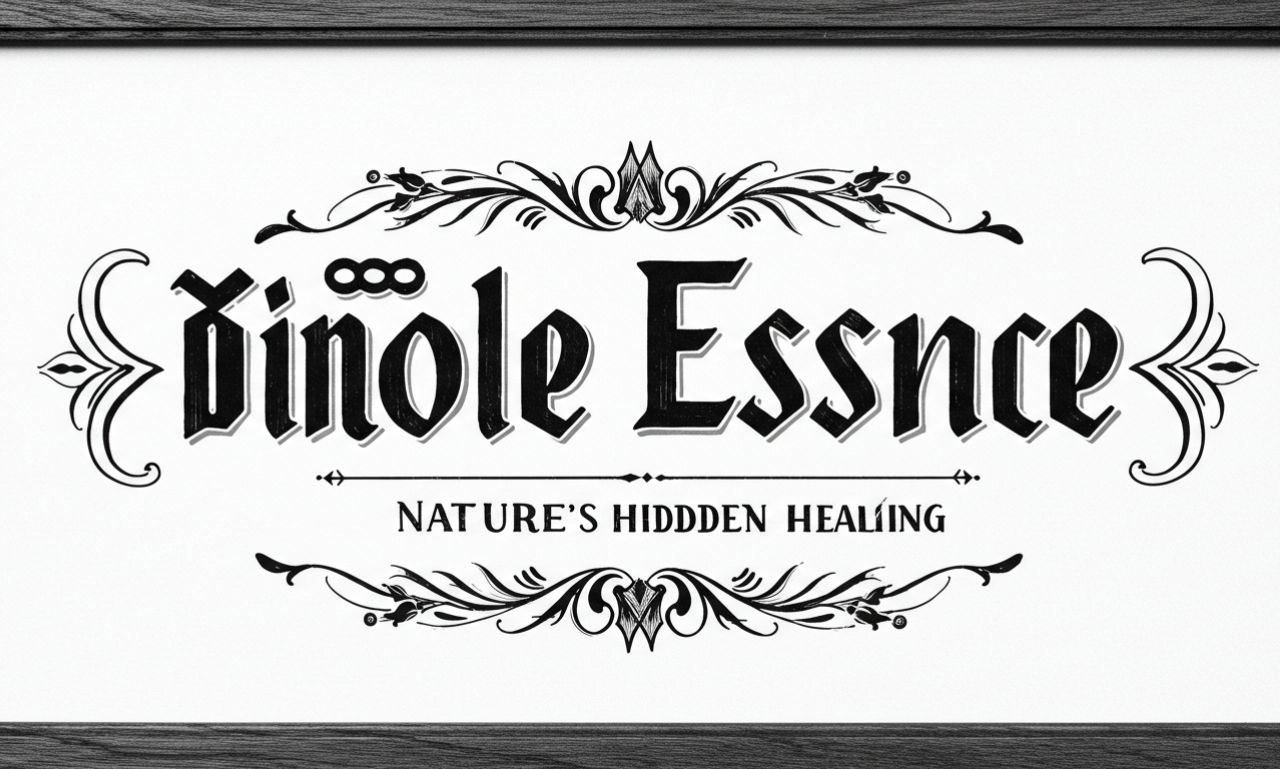Žižole Essence unveils the multifaceted world of žižole—offering insights into its botanical identity, cultural heritage, nutritional value, traditional healing uses, modern culinary revival, and sustainable potential. This article blends science, tradition, and wellness to explore why žižole deserves a spot in our daily lives.
Žižole Meaning and Origins
Žižole is the Slavic term for the jujube fruit (scientific name: Ziziphus jujuba), also known as the “red date”. This small reddish-brown drupe has been cultivated for millennia, with roots tracing back over 4,000 years across China, Persia, and the Mediterranean.
Žižole Botanical Profile
The žižole (jujube) tree is a hardy shrub or small tree in the buckthorn family, thriving in temperate to subtropical climates . Fresh fruit has a crisp, apple-like texture, transforming into chewy sweetness when dried. Its resilience makes it widely adaptable for agroforestry and urban gardens.
Žižole Nutritional Power
Rich in vitamin C, potassium, iron, B-complex vitamins, and dietary fiber, it deliver robust health benefits in a small package. Their dried form concentrates nutrients and natural sugars, offering a sustained energy boost without processed sugar drawbacks.
Žižole Health Benefits
Immune Support: High vitamin C strengthens defenses.
Digestive Health: Fiber promotes regularity and gut balance.
Calming Effects: Traditional use includes aiding sleep and reducing anxiety.
Antioxidants: Compounds in žižole protect against oxidative stress and inflammation.
Žižole Culinary Traditions
Fresh žižole are eaten raw—crisp and mildly tart—while dried ones, similar to dates, enrich teas, baked goods, and stews. In Mediterranean cuisine, they appear in syrups, infusions, fermented beverages, and traditional brandies.
Slavic Folklore and Medicine
Beyond food, it carries deep cultural and healing significance in Slavic heritage. Often planted near homes for protection or used as charms, it featured in rituals, teas, and herbal medicine for calming, digestive relief, and wound healing. The plant’s fuzzy leaves and purple flowers also inspired pastoral lore, linking the name it to healing connotations.
Žižole as an Herbal Remedy
Traditional herbalism valued žižole for anti-inflammatory, antimicrobial, and sedative effects. Infusions of its leaves or flowers were used to soothe nerves, relieve digestive discomfort, calm inflammation, and ease respiratory symptoms. These remedies, passed down through rural generations, underscore the plant’s role as both medicine and guardian.
Environmental and Cultivation Aspects
Ecologically, it enhances sustainability. Its drought tolerance, erosion control via deep roots, and resilience in diverse soil types make it ideal for permaculture. As an ornamental or herbal-friendly plant, it’s gaining popularity among organic gardeners. However, responsible cultivation is important to avoid invasive spread in non-native regions.
Modern Wellness and Innovation
Interest in it is resurging thanks to its superfruit status. It appears in wellness cafes, ingredient lists for energy snacks, herbal teas, smoothies, and cosmetic extracts. Emerging trends include powders, supplements, and fermented drinks featuring it nutritional and functional appeal.
Žižole—from its botanical identity to cultural and health significance—stands as a remarkable example of nature’s power. Historically cherished across Slavic and Mediterranean traditions, this humble fruit embodies nourishment, tradition, and spiritual harmony. Today, as global wellness trends converge with ecological thinking, it re-emerges not only as a culinary delight but as a bridge between ancestral wisdom and modern lifestyle.
